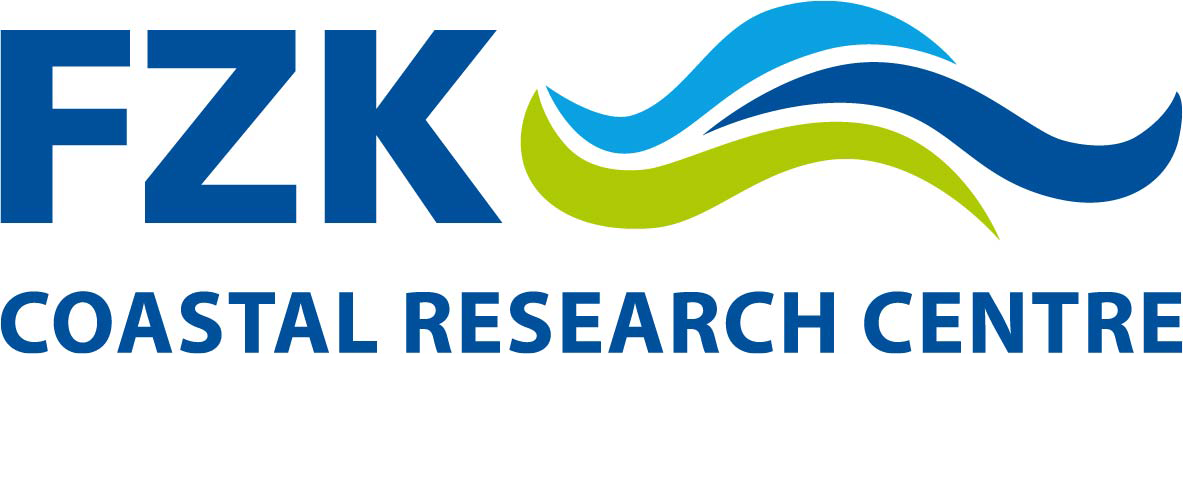Large scale measurements of wave loads and mapping of impact pressure distribution at the underside of parapets

| Led by: | Dr. Gerald Müller, Dr. Dimitris Stagonas |
| Year: | 2012 |
| Funding: | HYDRALAB IV - Transnational Access |
| Remarks: | 6 weeks |
Contemporary design guidelines for seawalls often propose the use of a seaward overhanging part at the top of the structure in order to reduce overtopping. This part is often referred to as a bullnose / parapet / recurve / wave return wall or simply as wave return and its effectiveness on overtopping reduction has be proven in previous studies.
Parapets can either have the form of a superstructure retrofitted on the actual structure or be originally designed as part of the original seawall. Figure 1 presents typical examples of parapets with various lengths based on top of vertical or curved seawalls forming a smoother (left hand side) or a sharper angle with them (left hand size).
Despite various investigations concerning loads at parapets and impact loads at vertical seawalls, almost nothing is known with regards to the distribution of impact pressures and subsequent forces acting both vertically and horizontally at the underside of the parapet. Whilst traditional pressure transducers provide only very localised measurements and the use of a very large number of transducers is very costly and time consuming, Stagonas et al. (2011) proposed the use of a novel technology which allows the mapping of impact induced pressures / forces over large areas (pressure maps) with a very high spatial resolution; e.g. 196 measuring points within 50 cm2 or 392 for 100 cm2 and a sampling rate of 4 kHz.
Since, however, impact induced pressures in a large facility like the FZK flume have been recorded to exceed 3MPa the spatial resolution will have to decrease to 144 sensing points over an area of 0.06m2 or 288 over 0.12m2 with a similar sampling rate. The main advantage of the suggested technology is that it can be adjusted to the shape of curved parapet without any deterioration at the quality of the final measurements; bending forces arising from the deformation can be zero-out leaving the final result unbiased.
Overall, a physical study of the interaction between incoming waves and parapets is here proposed. Along these lines the never measured before wave induced forces will be recorded. The, high resolution, mapping of impact pressures at the underside of the parapet will be possible here for the first time. Different parapet sizes and shapes will be tested and the optimum conditions will be decided based on measurements for the up-rushing jet thickness and the subsequent overtopping. All data produced here will be used for the development of theoretical knowledge (model) and the further evolution of a numerical model.
Scientific aims
- To measure impact forces at the parapet.
- To map the distribution of impact pressures at the underside of the parapet.
- To record the velocity and thickness of the up-rushing jet and link it with the incoming wave conditions, the parapet’s location with respect to SWL, its length and shape, and the subsequent overtopping.
- Parts 1-3 will be used in order to improve theoretical knowledge and design guidelines. Data acquired will also be used for the development of a numerical model.
